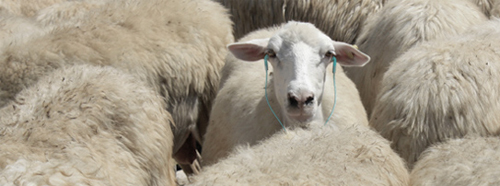
If you have someone in love living in Italy you know that we’re famous not only for pizza or mandolino (nice tool for the experimental sound designer…), but also because we got heart. Yes, we have a big heart. And some events can be organized only by people with a lot of heart. Like this festival.
Interferenze is an event dedicated to art and new technologies that will held in Italy from 23th to 25th July 2010. The location of this edition is the town of Bisaccia, placed along the eastern slopes of the hills of Irpinia. For three days this will be the place in which international artists, musicians, curators and researchers will meet together and give their contributions for workshops, concerts, live performances and installations.
We’ll be part of this big family, because I, Sara and Luigi Mastrandrea will lead a panel/workshop on Saturday 24th July called Design o’ the times, based on the concept of Time Design promoted by Albert Mayr.
Finally, we had a very deep and interesting digital conversation with Leandro Pisano, curator, writer and director of the festival, to know more about this amazing event in which Sound has inevitably a predominant role.
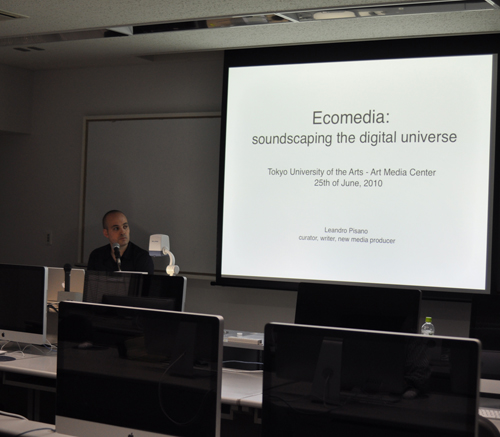
Gianpaolo: Hi Leandro, the theme of Interferenze Festival this year is Rurality 2.0, can you explain the concept you and your staff want to promote by this interesting keyword?
Leandro: Interferenze festival has become through the years a laboratory where a rural territory and its characteristics (identity, traditions, natural environment, landscapes, gourmet) leads to more open expressions where languages of aesthetics of new media become new forms of sharing. This has got the aim of diffuse knowledge and new experience in the public sphere.
Our intention is to insert actions of cultural production oriented to extend awareness on the potentiality of rural territory seen as a fruition place of an all-embracing experience. A place in which both traditional forms of territory knowledge and the possibility of increasing the value of rural context as a new and unknown fruition field of cultural actions can converge. The territory, not anymore as a geographic place or a branding system, becomes in this way an inland space into the media system, transforming in a medium itself: through the event, or its media representation, the space that separates transmitter and recipient is filled and a distraction of communication surface happens: a relation is realized, the communication is activated. The rural territory is seen therefore not as a product anymore, but as a (new) medium with which communicate and get in touch in a creative way as long as something of unexpected can happen in the space between transmitter and recipient, experimenting unexpected relations through processes, strategies and results of the same communication.
(G) You organized a partnership with some artists and curators in Japan to create the event called Interferenze Seeds Tokyo 2010. Could you tell us something about this wonderful connection?
(L) Well, for some years I have been in touch with the curator Yukiko Shikata. Last winter, during an email conversation she started to seek the possibility of interpreting our festival for the urban situation of Tokyo. She set Art, Nature Technology as the keyword for this event, that was called Interferenze Seeds Tokyo 2010 and took place at VACANT in Harajuku on 26th and 27th of June. I have been personally involved there with a lecture and a panel with Chihiro Minato and Kohji Setoh. The organizers wish that the Seeds including in the title would be disseminated and would start growing from each participant someday in the future. The event, with exhibitions, performances, talks and live sets ended successfully and many visitors attended it. A need of a new cultural value emerged when comparing different cultures; starting with IST2010, our aim is to work on the creation of a network that will lead us to a future made possible by redesigning local regions and nature in relation to art and media technology.
(G) The program of this edition is full of interesting events (workshops, performances, concerts), what can we exactly expect during these 3 days?
(D) Our idea is that Interferenze festival in the next editions can become an open meeting in which it is possible to discuss on local/global, urban/rural, technology/nature connections starting from the territory itself, but communicating it as a mirror through which it is possible to read our contemporary times even in the aspects related to urban cultures. We have in mind to ask the artists not only to simply perform or install their works, but mainly to approach our territory by getting something in terms of values and tradition, while leaving there their own interpretation through different eyes/cultures: it’s a different perspective, in which both the traditional forms of territory knowledge and the possibility of increasing the value of rural context as a new and unknown fruition field of cultural actions can converge. The territory, not anymore a geographic place, becomes an inland space into the media system, transforming itself in a medium: through the event, or its media representation, the space that separates transmitter and recipient is filled and a distraction of communication surface happens: a relation is realized, communication is activated. The Click n’Food section, for example, offers a panoramic of performances based on the relation among food, sound and new media arts. By involving typical food and wines of Irpinia region, we ask the artists to follow a path that, through projects based on sensory experience, is design to promote a virtuous cycle where the quality of production and the consumption of food is linking to sustainability, environmental quality and social relation. Local traditions, like the ancient transhumance of Podolic Cows in the Appennines of South Italy, will be analyzed during some residency projects. In the constant research of connections of elements belonging to technology, tradition and rural landscapes, we are trying to offer an unusual writing of the natural environment which, through rural landscapes, outlyning lands and the inappropriate places, catches a glimpse of the ultimate sense of a complex action of a semantic reclaiming of identity and sustainability of territories.
(G) You’ve been collaborating since many years as columnist for BlowUp, one of the most important music magazine in Italy, dealing with themes like sound art, experimental media and sound design. Do you think our culture is ready to embrace these new elements? Is there a community of sound professionals and artists who can work and be officially recognized today in Italy?
(D) You know, we are talking about a niche of a niche! Anyway yes, I think there is a community of sound professionals and artists that is slowly growing up, being officially recognized today in Italy. I think increasing both their work and the value of such themes in the public opinion can help the people to reflect, for example, about our everyday sound ecosystem that is in fact becoming more and more complex, in a digitalized universe in which the relationship between sound environment and technology is opening new and unpredictably developing scenarios.
Moving away from an antropocentric point of view, we are forced to think back to sound experience through new technologies, defining again what belongs to an aural spectrum in our everyday life. Some questions that this new complex context of sound environment poses are:Â in a world where listening and decoding sound messages of everyday life can be really a hard and selective practice, maybe is it still possible to take back a creative idea of acoustic perception? What does it mean to live the sound experience in a digitalized environment? On the other hand, the development of microtechnologies, mobile devices and real time processing is leaving open some questions regarding the possible sceneries and future interactions between sound environment and technology. What will be our future soundscape?
Thanks Leandro, now if someone want to come to Italy and see what happens at Interferenze just give a look to the program:
Friday 23th July
- 11.00 Workshop on Isadora (Quiet Ensemble, ITA) [Italian]
- 12.00 Shintaro Miyazaki (GER): “Detektors” [English]
- 14.00 Taste labs Slow Food
- 16.00 Lecture: Régine Debatty (BE) [English]
- 18.00Â Talk on “Rurality 2.0”: Daniele Pitteri (ITA)
- 18.00Â Electronic Appetizer: Bitzmob presents Madalba (dj/ITA)
- 19.00 Panel on Software Art: Andrè Goncalves (POR), Baily (UK), Alessandro Capozzo (ITA) [English/Italian]
- 19.00Â Live Audio/Video: Enrico Coniglio (Touch/ITA)
- 20.00Â Live Audio/Video: Svarte Greiner (Miasmah/NOR)
- 21.00Â Live/Click’n’Food: “Foodjob: frequencies to dissolve under the tongue” presented by Enrico Ascoli (ITA) + Pompeo Limongiello (ITA)
- 22.00Â Live Audio/Video: Novi_Sad (Touch/GRE)
- 23.00Â Live Audio/Video: Simon Scott (Keshhh!/UK)
- 23.00Â Live Audio/Video: Byetone (Raster-Noton/GER)
- 16.00/01.00Â video screenings: Rick Silva (CAN), Bruno Muzzolini (ITA), Nicolas O’Brien (USA), Anders Weberg (SWE), Davide Sebastian (ITA)
- 16.00/01.00 installations: Sawako (JP), Bianco-Valente (ITA), Andrè Goncalves (POR), Corby, Baily & Mackenzie (UK), Alessandro Capozzo (ITA), Roll Studio (ITA)
Saturday 24th July
- 11.00Â Workshop on Isadora (Quiet Ensemble, ITA)
- 12.00 “Le cinque domande di Lev Manovich sulla cultura digitale” [Italian]
- 14.00 Taste labs Slow Food
- 16.00Â Talk on “Rurality 2.0”: Iain Chambers (UK), Lidia Curti (ITA) [Italian]
- 17:30 Panel on Soundesign: “Timedesign”: sounDesign(ITA) + Luigi Mastandrea (ITA) [Italian/English]
- 18.00Â Electronic Appetizer: Bitzmob presenta Miky Ry (dj-Joprec/ITA-GER)
- 19.00Â Lecture: Sawako Kato (JPN) [English]
- 20.00Â Live Audio/Video: Luciano Pizzella (Italic/ITA)
- 21.00 Live/Click’n’Food: “Noble Milk” presented by Yasuhiro Morinaga (JPN) feat. screenings by Antonello Carbone (ITA) + milk tasting session of Latte Nobile” from ANFOSC (ITA)
- 22.00Â Live Audio/Video: Lissom (Dragon’s Eye/USA)
- 23.00Â Live Audio/Video: Ikonika (Hyperdub/UK)
- 23.00Â Live Audio/Video: Shackleton (Perlom/UK)
- 16.00/01.00Â video screenings: Rick Silva (CAN), Bruno Muzzolini (ITA), Nicolas O’Brien (USA), Anders Weberg (SWE), Davide Sebastian (ITA)
- 16.00/01.00 installations: Sawako (JP), Bianco-Valente (ITA), Andrè Goncalves (POR), Corby, Baily & Mackenzie (UK), Alessandro Capozzo (ITA), Roll Studio (ITA)
Sunday 25th July
- 11.00Â Workshop on Isadora (Quiet Ensemble, ITA) [Italian]
- 12.00 Teresa Dillon (Irl): “Come Outside” [English]
- 14.00 Taste labs Slow Food
- 16:30 Panel On Internet Politics: Tiziana Terranova (ITA) [Italian]
- 18.00Â Videoconference session on “Rurality 2.0” with John Thackara (UK) [English]
- 18.00Â Electronic Appetizer: Bitzmob presenta Jaurelio (dj/ITA)
- 19.00Â Lecture TBC
- 19.00Â Live Audio/Video: Alluro (21st Records/ITA)
- 20.00Â Live Audio/Video: Shintaro Miyazaki (JPN)
- 21.00Â Live/Click’n’Food: performance presented by Lissom (US) + Ciccarello Cheese Farmer (ITA)
- 22.00Â Live Audio/Video: Sawako (12k/JPN)
- 23.00Â Live Audio/Video: The Sight Below (Ghostly International/USA)
- 23.00Â Live Audio/Video: Fennesz (Touch/AUT)
- 16.00/01.00Â video screenings: Rick Silva (CAN), Bruno Muzzolini (ITA), Nicolas O’Brien (USA), Anders Weberg (SWE), Davide Sebastian (ITA)
- 16.00/01.00 installations: Sawako (JP), Bianco-Valente (ITA), Andrè Goncalves (POR), Corby, Baily & Mackenzie (UK), Alessandro Capozzo (ITA), Roll Studio (ITA)
And, least but not last, this is the staff of the festival:
- Direction: Alessandro Esposito, Antonio Izzo, Leandro Pisano
- Special programs: Vito Campanelli (lectures/talks), Valentina Tanni (software/interactive/video)
- Production coordination:Â Annalia Palma
- Welcome organization:Â Carmen Santoli
- technical support:Â Raffaele Mariconte
- Press agency:Â Andrea Paglia
- These two women will save the future of Sound Art with a web radio called Radio Papesse - June 20, 2016
- #SayItWithSound Contest: Sonify your World and Win - December 21, 2015
- Sound Technician at University of Greenwich - December 1, 2015


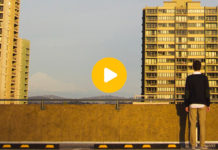
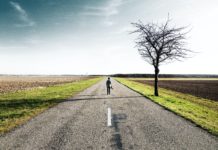
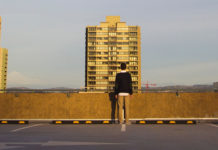
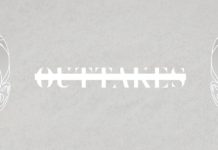

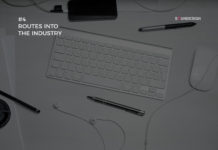
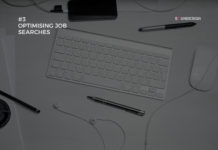

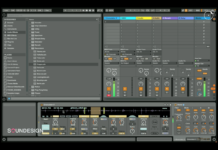
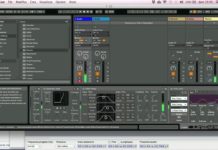


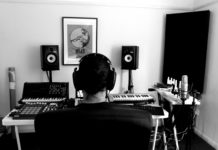
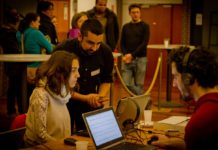

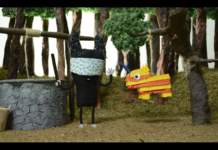
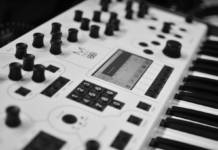
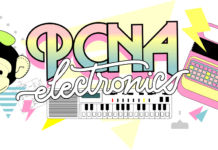
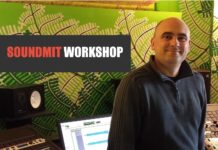
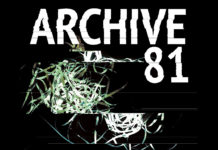
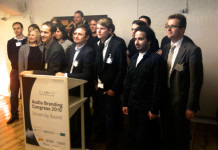

[…] days ago we came back from Interferenze new arts festival in Italy, where we were invited to present Design o’the times, a […]
[…] I made a contribution for the Design o’ the times panel at Interferenze new arts festival from Italy, curated by sounDesign (Sara Lenzi and Gianpaolo D’Amico) and Luigi Mastandreao. I […]